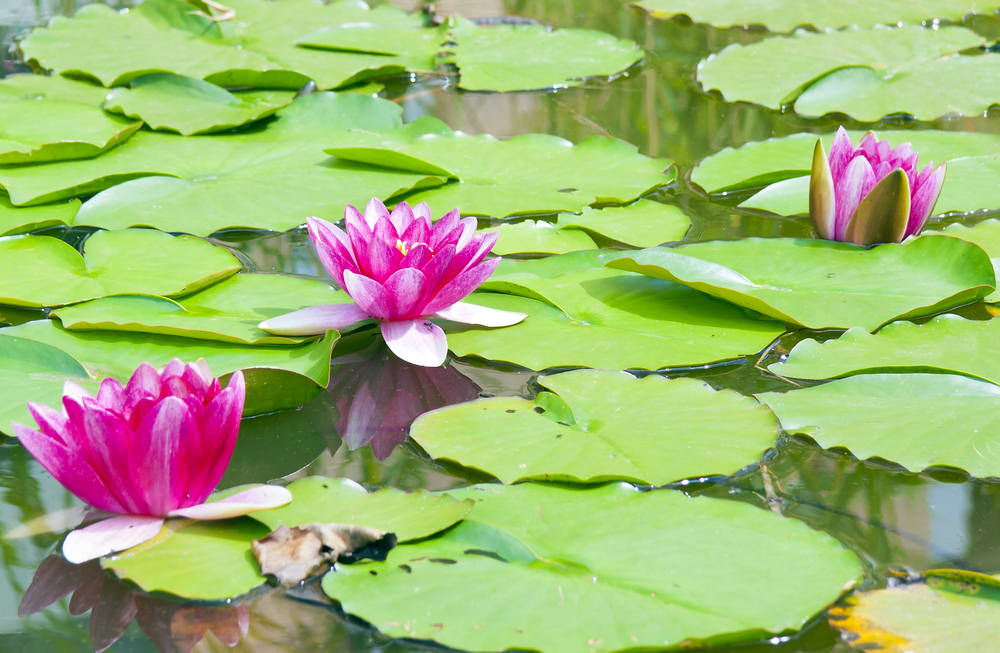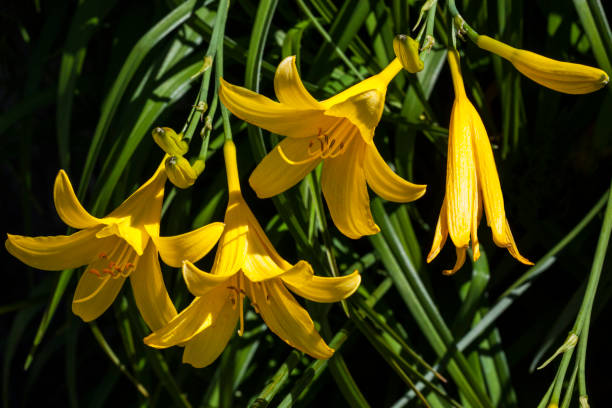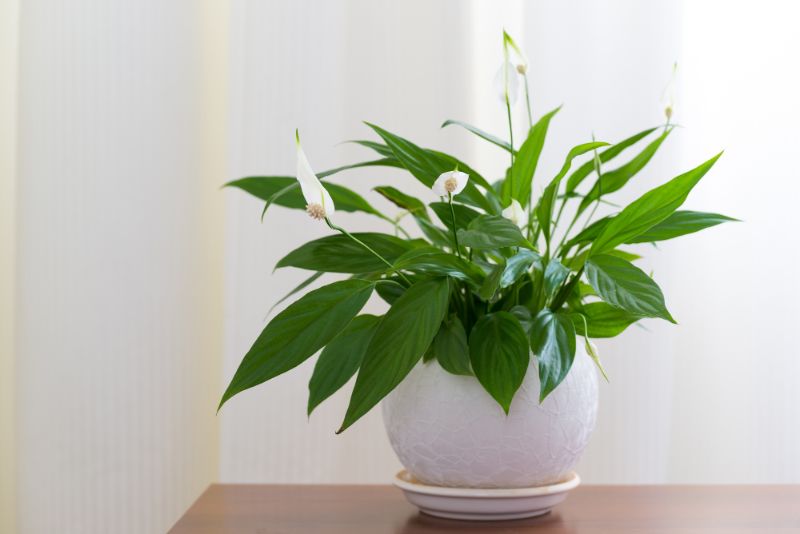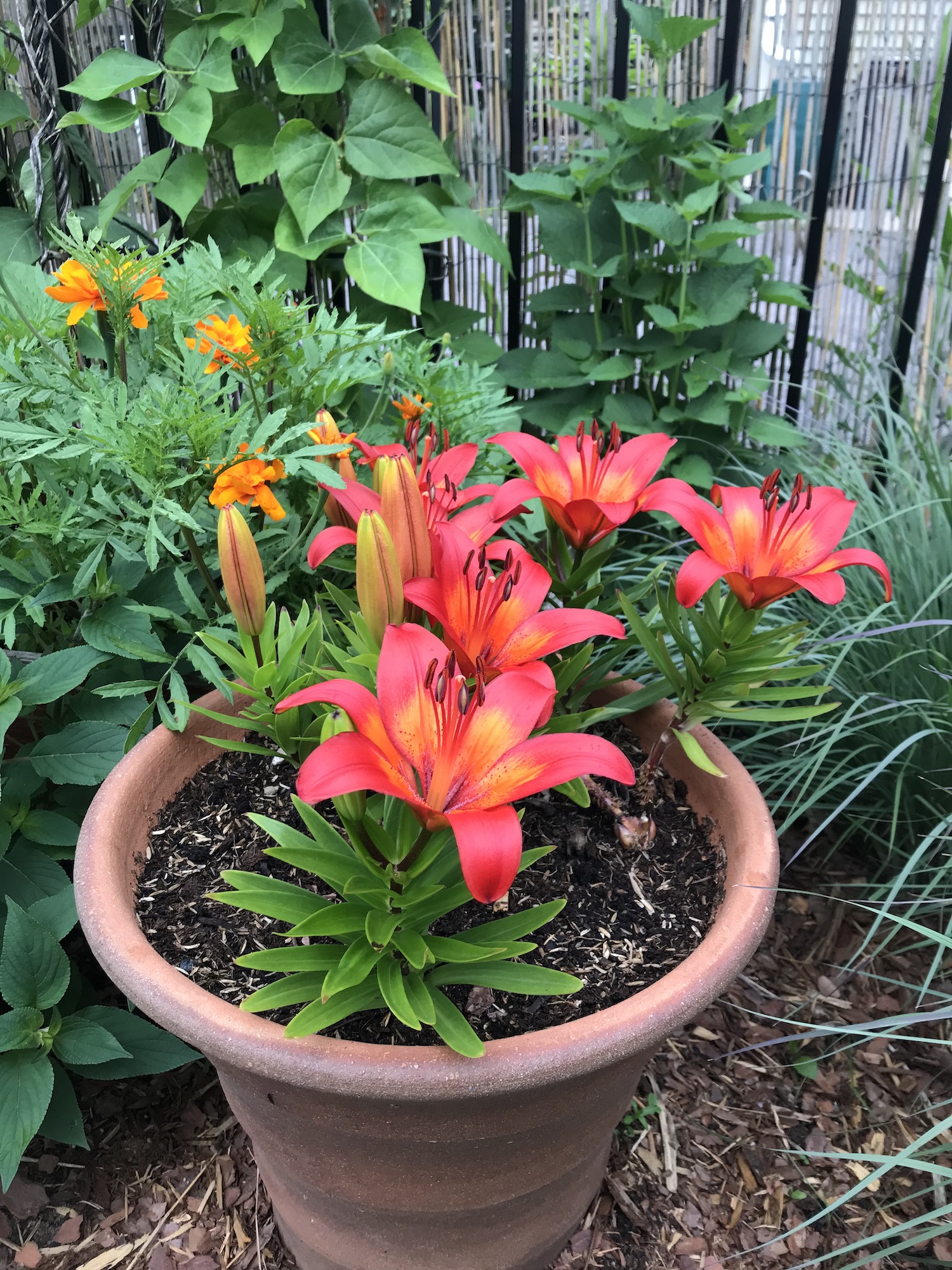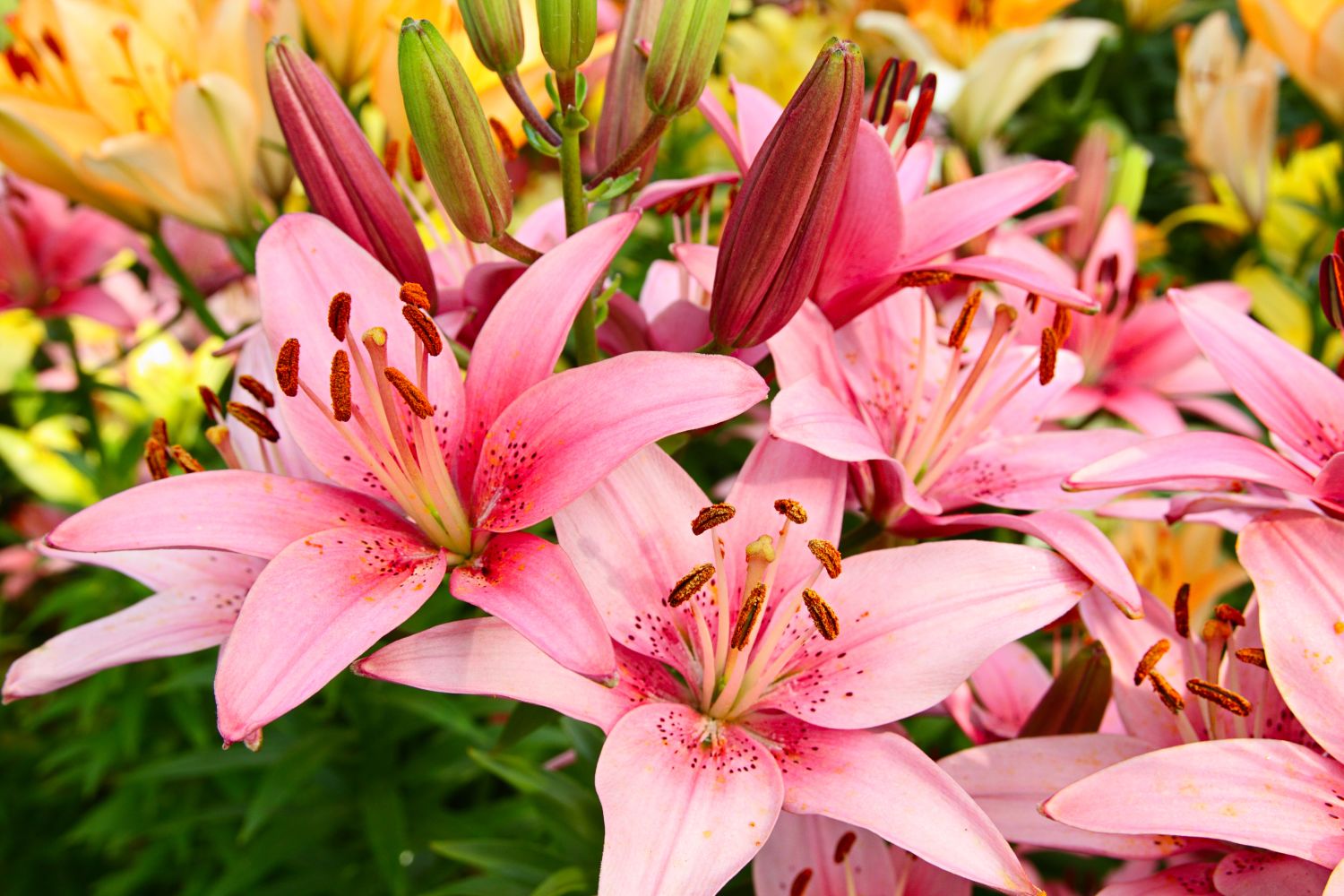How to Create the Perfect Environment for Your Lilies
Creating the perfect environment for your lily plants is crucial for their growth and blooming. Lilies are sensitive to temperature, humidity, and light, and even slight variations can affect their development. To provide the ideal conditions, it’s essential to understand the specific needs of your lily plants. Most lily varieties prefer daytime temperatures between 65-75°F (18-24°C) and nighttime temperatures around 55-65°F (13-18°C). They also thrive in humid environments, typically between 40-60% relative humidity.
In terms of light, lilies generally require bright, indirect light. Placing them near an east- or west-facing window is ideal, as this provides gentle, indirect light. Avoid direct sunlight, especially during peak hours, as this can cause scorching and damage to the leaves. If you’re growing lilies outdoors, choose a location with partial shade, especially in warmer climates.
To replicate these conditions in your home or garden, consider using a humidifier to maintain the optimal humidity level. You can also use sheer curtains or blinds to filter the sunlight and prevent scorching. By providing the right environment, you’ll be able to promote healthy growth and encourage blooming in your lily plants.
The Art of Watering: Finding the Right Balance for Your Lilies
Watering is a crucial aspect of taking care of lily plants, as it directly affects their growth and blooming. Lilies require consistent moisture, especially during the growing season, but overwatering can be detrimental to their health. To avoid this common mistake, it’s essential to understand the right watering techniques for your lily plants.
The key to proper watering is to check the soil moisture regularly. Stick your finger into the soil up to the first knuckle, and if the soil feels dry, it’s time to water. Water your lilies thoroughly, making sure the pot drains well to prevent waterlogged soil. Avoid getting water on the leaves or crown of the plant, as this can cause rot and other problems.
Adjust your watering schedule according to the season and climate. During the spring and summer months, lilies require more frequent watering, while during the fall and winter months, they require less. In areas with high humidity, you may need to water your lilies less frequently, while in dry climates, you may need to water them more often.
It’s also important to monitor the temperature and adjust your watering schedule accordingly. Lilies prefer cooler temperatures, so if the temperature is above 75°F (24°C), you may need to water them more frequently. By finding the right balance of watering, you’ll be able to promote healthy growth and blooming in your lily plants.
Fertilizing for Success: Choosing the Right Nutrients for Your Lilies
Fertilization plays a crucial role in promoting healthy growth and blooming in lily plants. When taking care of lily plants, it’s essential to provide them with the right nutrients to support their development. Lilies require a balanced fertilizer that is high in phosphorus, which promotes root growth and blooming.
A well-balanced, water-soluble fertilizer with a ratio of 20-20-20 (nitrogen-phosphorus-potassium) is suitable for most lily varieties. You can also use a fertilizer specifically formulated for bulbs, which typically has a higher phosphorus content. Avoid using high-nitrogen fertilizers, as they can promote weak and leggy growth.
Apply the fertilizer according to the manufacturer’s instructions, usually once a month during the growing season. You can also add a balanced, slow-release fertilizer to the potting mix when repotting your lilies. This will provide a steady supply of nutrients throughout the growing season.
It’s also important to note that lilies have different nutrient requirements during different stages of growth. During the spring and summer months, they require more phosphorus to promote blooming. In the fall, they require more potassium to support root growth and prepare for dormancy. By adjusting your fertilization schedule accordingly, you can promote healthy growth and blooming in your lily plants.
Pest Control and Common Problems: Troubleshooting for Lily Enthusiasts
Despite proper care, lily plants can still be susceptible to pests and diseases. When taking care of lily plants, it’s essential to be aware of these potential issues and know how to address them. Common pests that can affect lily plants include aphids, spider mites, and mealybugs. These pests can cause damage to the leaves and flowers, and can also transmit diseases.
To prevent pest infestations, inspect your lily plants regularly and remove any affected leaves or flowers. Use neem oil or insecticidal soap to control pest populations, and avoid using chemical pesticides whenever possible. For more severe infestations, consider using systemic insecticides, but always follow the manufacturer’s instructions and take necessary precautions.
In addition to pests, lily plants can also be susceptible to diseases such as powdery mildew, leaf spot, and root rot. These diseases can cause damage to the leaves and flowers, and can also affect the overall health of the plant. To prevent diseases, ensure good air circulation around your lily plants, and avoid getting water on the leaves or crown of the plant.
If you do encounter a disease or pest issue, don’t panic. Many of these issues can be treated with organic or chemical methods, and with proper care, your lily plants can recover and continue to thrive. By being aware of these potential issues and knowing how to address them, you can enjoy the beauty and fragrance of your lily plants for years to come.
Pruning and Deadheading: Encouraging Repeat Blooming and Healthy Growth
Pruning and deadheading are essential techniques for promoting repeat blooming and maintaining plant health in lily plants. When taking care of lily plants, it’s crucial to understand the importance of pruning and deadheading and how to perform these tasks correctly.
Pruning involves removing dead or damaged leaves and stems to promote healthy growth and encourage new blooms. To prune your lily plants, use a pair of clean, sharp scissors or pruning shears to remove any dead or damaged leaves or stems. Cut the stems at an angle, just above a node, to encourage new growth.
Deadheading involves removing spent blooms to encourage repeat blooming and promote healthy growth. To deadhead your lily plants, simply snip off the spent blooms at the base of the stem, just above a node. This will encourage the plant to produce new blooms and prevent seed production.
It’s also important to note that lily plants have different pruning and deadheading requirements depending on the variety. Some lily varieties, such as Asiatic and Oriental lilies, require more frequent pruning and deadheading to promote repeat blooming. Other varieties, such as Tiger lilies, require less frequent pruning and deadheading.
By pruning and deadheading your lily plants regularly, you can encourage repeat blooming and promote healthy growth. This will also help to maintain the plant’s overall appearance and encourage new blooms to form.
Repotting and Dividing: Giving Your Lilies Room to Grow
Repotting and dividing are essential tasks for lily plant care, as they provide the necessary space for the plant to grow and thrive. When taking care of lily plants, it’s crucial to understand the importance of repotting and dividing and how to perform these tasks correctly.
Lily plants typically need to be repotted every 2-3 years, as their roots can become pot-bound and prevent the plant from growing. To repot your lily plant, choose a container that is slightly larger than the previous one, and use a well-draining potting mix specifically designed for lilies. Gently remove the plant from its pot, taking care not to damage the roots, and trim any dead or damaged roots before replanting.
Dividing lily plants is also necessary to maintain their health and promote new growth. To divide your lily plant, wait until the foliage has died back after blooming, and then carefully dig up the bulb. Gently separate the offsets, making sure each section has at least one growing point, and replant them in a new container or in the garden.
When repotting and dividing lily plants, it’s essential to choose the right potting mix and containers. A well-draining potting mix specifically designed for lilies will help prevent waterlogged soil and root rot. Choose a container that is slightly larger than the previous one, and has good drainage holes to prevent water from accumulating in the soil.
By repotting and dividing your lily plants regularly, you can provide them with the necessary space to grow and thrive. This will also help to maintain the plant’s overall health and promote new growth, ensuring that your lily plants continue to bloom beautifully for years to come.
Enjoying the Fruits of Your Labor: Tips for Long-Term Lily Care
With proper care and attention, lily plants can provide years of beauty and enjoyment. When taking care of lily plants, it’s essential to think about the long-term benefits of your efforts. By following the tips and guidelines outlined in this article, you can enjoy the fruits of your labor and keep your lily plants thriving for years to come.
One of the most important things to remember when taking care of lily plants is to enjoy the blooms. Lilies are known for their stunning flowers, and they can add a touch of elegance and sophistication to any room or garden. Take the time to appreciate the beauty of your lily blooms, and enjoy the fragrance and color they bring to your space.
In addition to enjoying the blooms, it’s also important to plan for future growth. Lilies are perennial plants, and they will come back year after year if properly cared for. Think about how you can use your lily plants in your garden or indoor space, and plan for future growth and blooming.
Some other tips for long-term lily care include keeping the plants in a cool, dry place during the winter months, and protecting them from extreme temperatures and weather conditions. You should also consider dividing and replanting your lily bulbs every few years to keep them healthy and thriving.
By following these tips and guidelines, you can enjoy the beauty and benefits of your lily plants for years to come. Remember to take the time to appreciate the blooms, plan for future growth, and provide the proper care and attention to keep your lily plants thriving.
Enjoying the Fruits of Your Labor: Tips for Long-Term Lily Care
Taking care of lily plants requires attention to detail, patience, and dedication. By following the tips and guidelines outlined in this article, you can enjoy the beauty and benefits of your lily plants for years to come. Remember to provide the right environment, water, and nutrients for your lilies, and to prune and deadhead them regularly to encourage repeat blooming and healthy growth.
In addition to these basics, it’s also important to think about the long-term care of your lily plants. This includes repotting and dividing them periodically, protecting them from extreme temperatures and weather conditions, and enjoying the blooms and fragrance they provide.
By taking the time to properly care for your lily plants, you can enjoy their beauty and benefits for years to come. Whether you’re a seasoned gardener or a beginner, with the right care and attention, your lily plants can thrive and provide you with joy and beauty for years to come.
In conclusion, taking care of lily plants is a rewarding and enjoyable experience that requires attention to detail, patience, and dedication. By following the tips and guidelines outlined in this article, you can enjoy the beauty and benefits of your lily plants for years to come.



